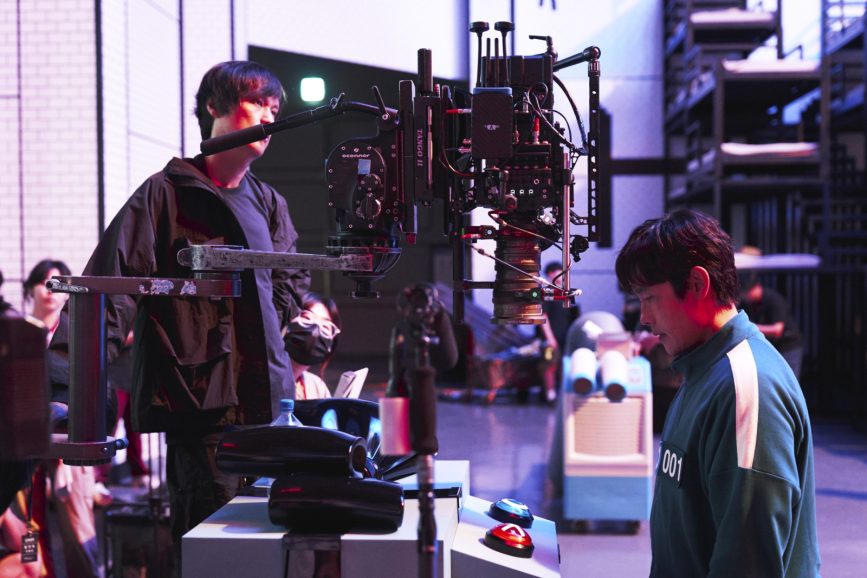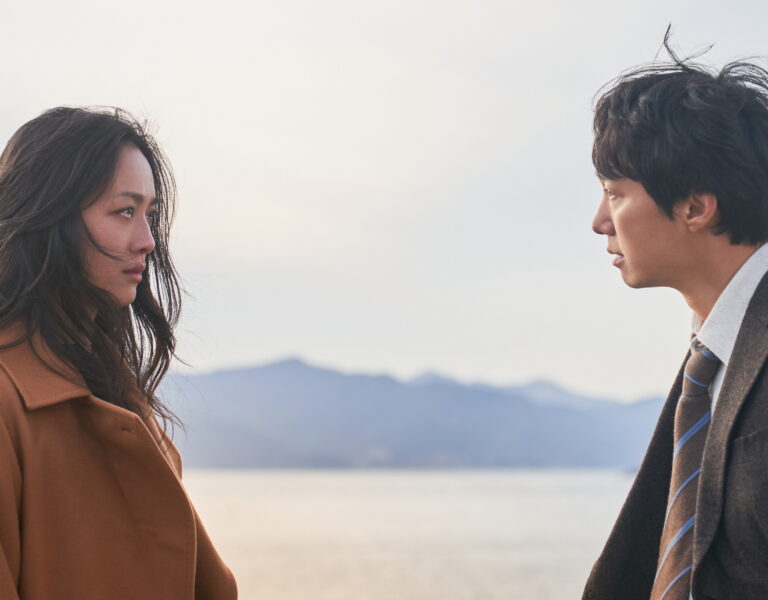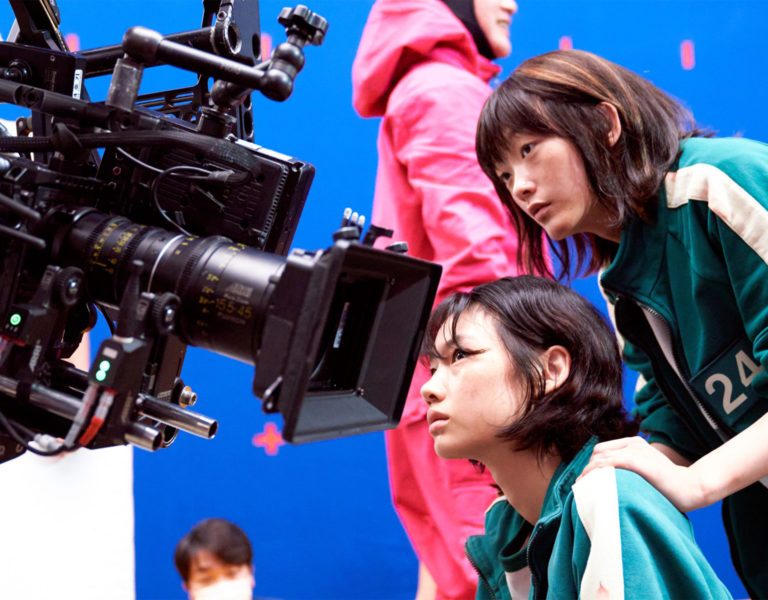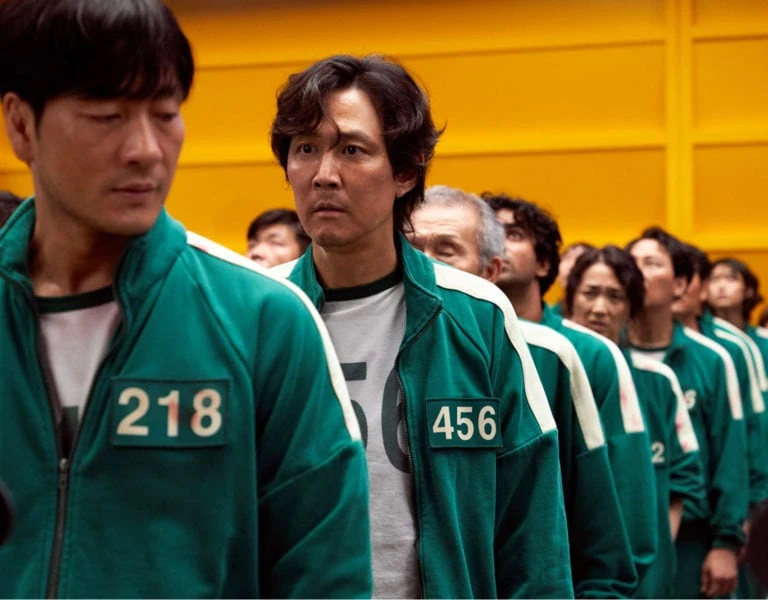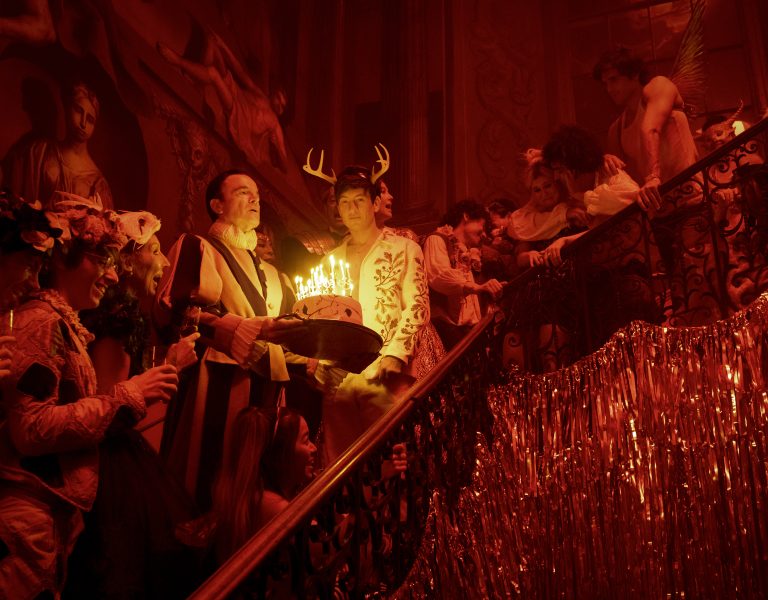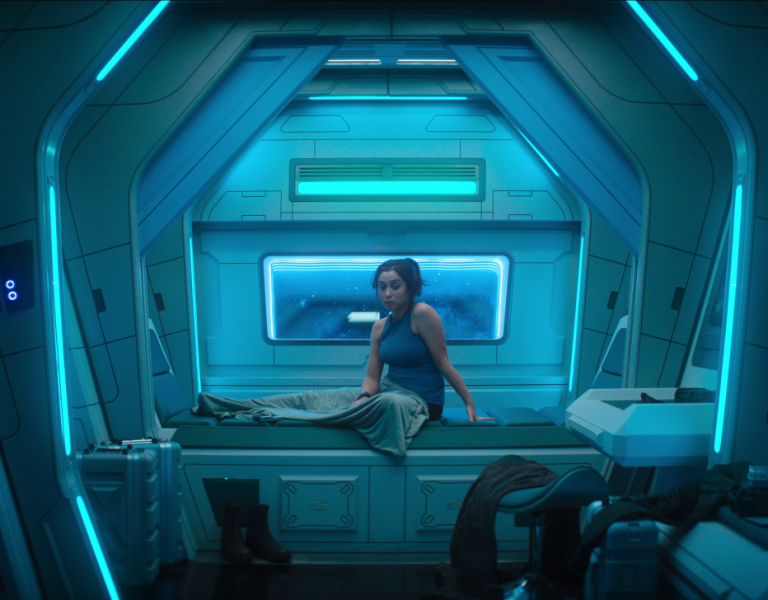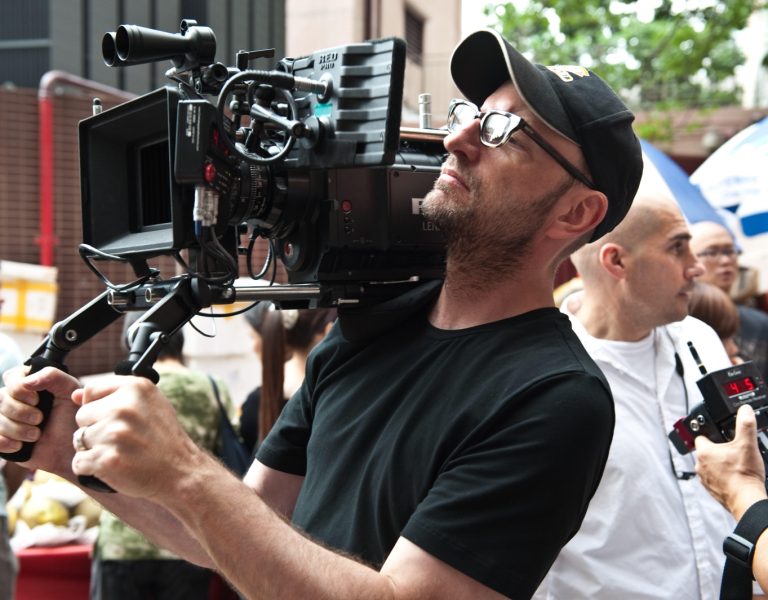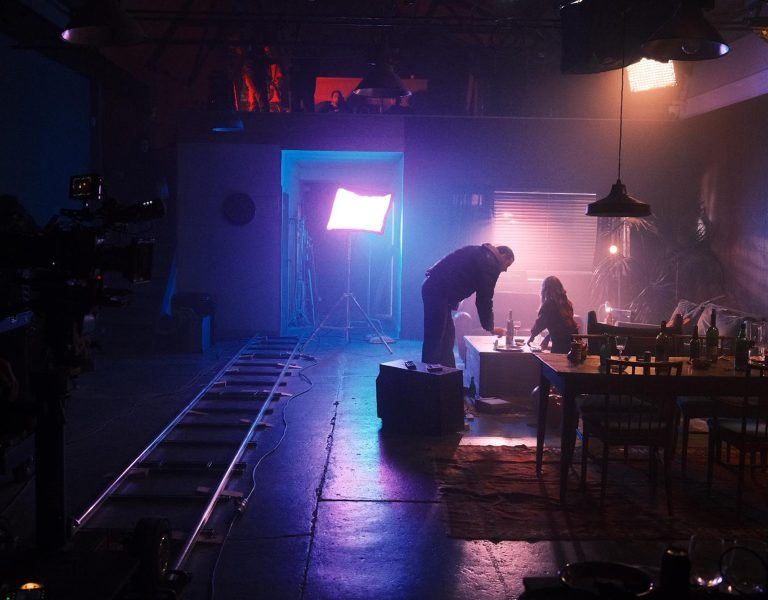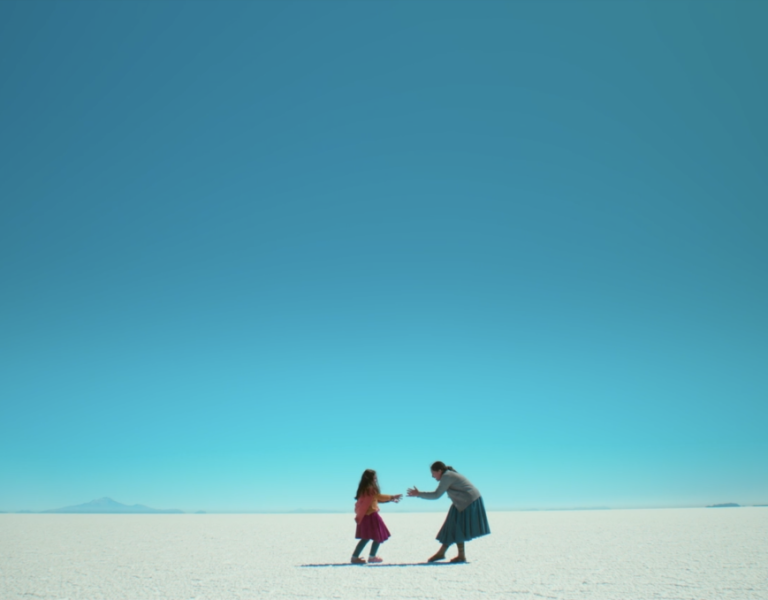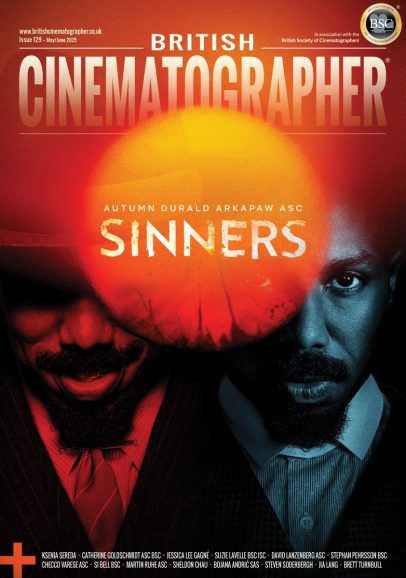GAME OF LIFE AND DEATH
Squid Game continues to captivate audiences worldwide. Cinematographer Kim Ji-yong, bringing a fresh approach to season two, discusses lighting challenges, cinematic techniques and his proudest moments behind the camera.
In recent years, Korean film and television have captured the global imagination like never before, thanks to distinctive storytelling, emotional depth and unique cultural insights. The dramas, often rich with social commentary, dynamic characters and genre-blending narratives, have gained a massive international following. From the global success of Parasite, which swept the Oscars, to the rise of K-dramas on streaming platforms like Netflix, the appeal of Korean content is undeniable.
However, perhaps no single production has resonated as powerfully or widely as Squid Game. Released in 2021, this dark, high-stakes thriller quickly became a cultural phenomenon, breaking streaming records and sparking conversations around the world. Combining elements of survival horror, social critique and psychological drama, Squid Game highlighted issues of economic disparity, human greed and societal structure, all while keeping audiences on the edge of their seats. Its universal themes, relatable characters and gripping plot drew in viewers across diverse culture.
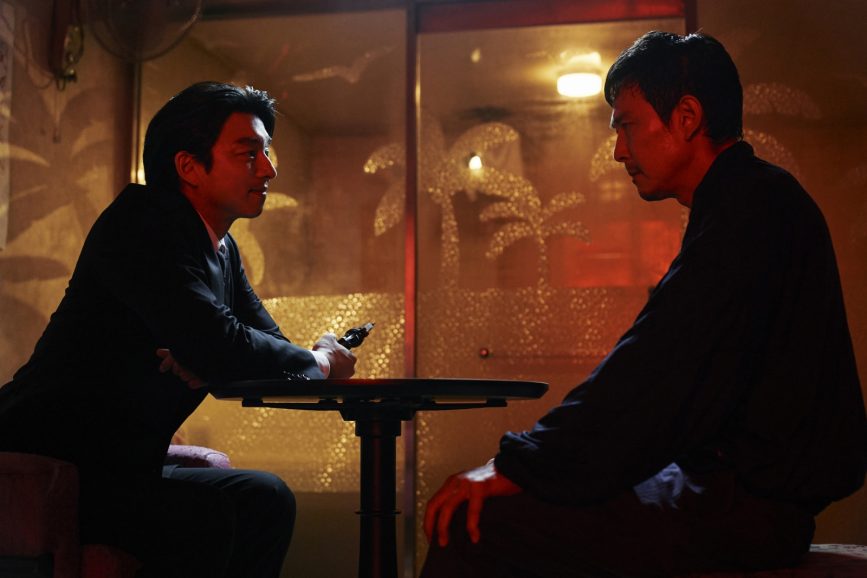
The first series also made Emmy history as the first non-English-language nominee in multiple Emmy categories, including Outstanding Drama Series. The show earned 14 nominations, including honours for its creator-director-writer Hwang Dong-hyuk and cinematographer Lee Hyung-deok
Now, three years later, audiences are being treated to season two with a different DP at the helm.
Kim Ji-yong (Cobweb) embraced a winning formula while consciously deciding to approach the shooting of season two differently. “(Seong) Gi-hun has become a changed person,” he says. “To visualise his mindscape, I wanted to cast significantly more shadows throughout the new season compared to the last.”
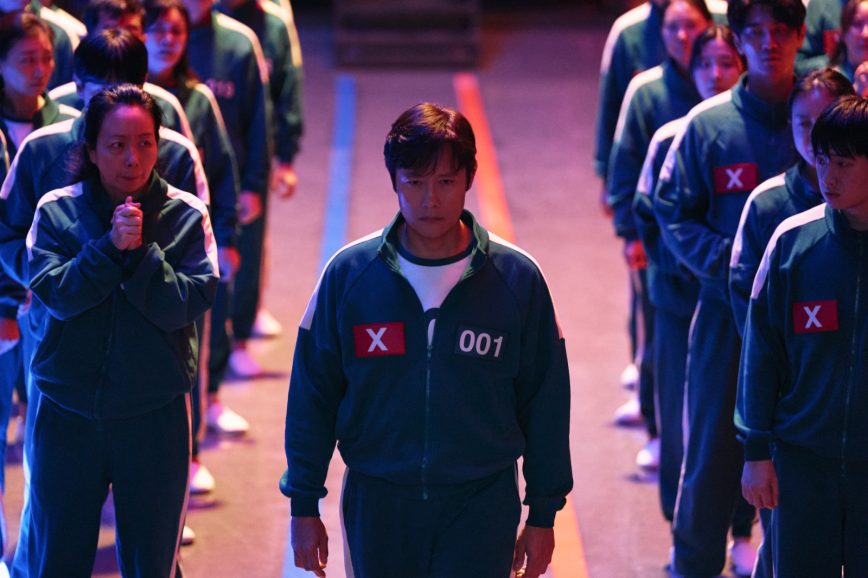
Having already collaborated on three feature films with director Dong-hyuk, the DP has “built a strong sense of trust on set,” which makes their collaboration more seamless.
“So, anytime and anywhere, if one of us comes up with a better idea, we don’t hesitate to try something new,” he continues. “When shooting a game sequence, which takes a few days in chronological order, we watch an on-set edited version every evening after wrap. This allows us to discuss better ideas and make adjustments as we go. In this way, we found good use for overhead wide shots of the mingle game.”
The kit included an ARRI Alexa 35, Cooke anamorphic 2x set, Cooke S4 set, Zeiss Super Speed MK3 set, Angénieux zoom EZ1 and EZ2, Angénieux 12X Optimo 28-340mm and Fujinon 19-90mm zoom. When it came to lighting, Ji-yong mostly opted for LED.
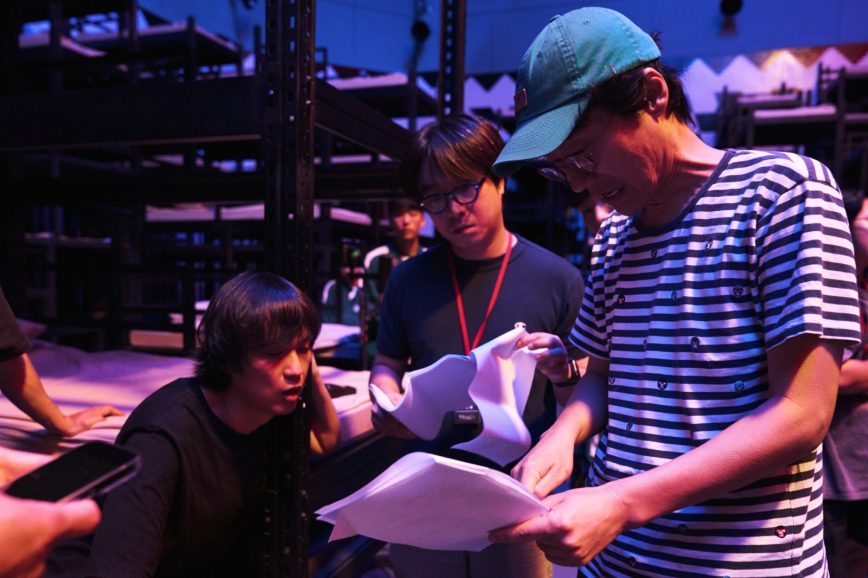
“I placed thick spun cotton in front of it to diffuse the light,” he explains. “The material was recommended by gaffer Jarred Waldon, whom I worked with on The Sympathizer and I was pleased with the quality.”
Given the scale of Squid Game, shooting and lighting challenges were inevitable. Although the team built the sets in Korea’s largest studio complex, the space still wasn’t large enough to provide adequate room for lighting. Thankfully, unlike the challenges depicted in the show, no lives were on the line.
“I had to go through numerous discussions with the production designer Chae Kyoung-sun to find barely enough space for proper lighting. The dormitory set was particularly challenging. Due to the height of the wall, there was no space between the top of the wall and the studio ceiling. Eventually, I placed lights above the studio grid—somewhere I had never thought I would place them before.”

Without giving too much away, there’s an introduction of Russian Roulette, played outside the Squid Games by the Recruiter. The game occurs twice: first with Kim Jeong-rae and Choi Woo-seok, and later with Gi-hun. It’s the latter, especially the close-up of the Recruiter (Gong Yoo) with the protagonist, that the DP is most proud to have captured. The red neon light from outside the window reflects in his right eye, making it look bloodshot, which enhanced the intensity of his performance,” he says. “I wanted to capture Gong Yoo’s face in a way it had never been seen or shot before.”
That’s all for spoilers—you’ll have to watch it on Netflix. Don’t wait too long, though, as season three is arriving soon.
